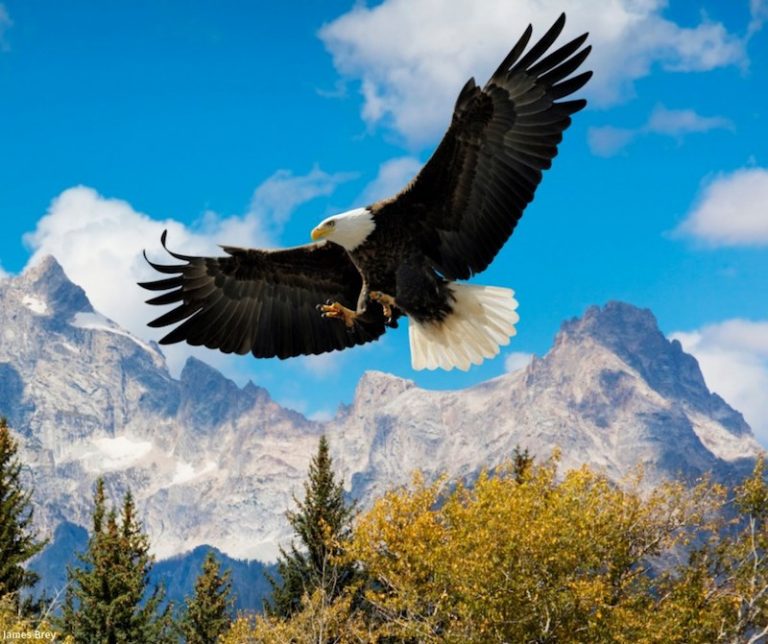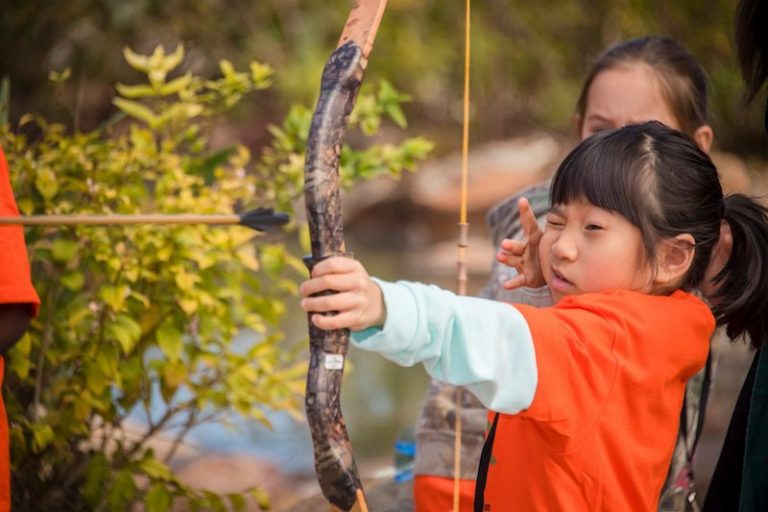Why Should ATA Members Care?
Dan Forster, ATA’s vice president and chief conservation officer, said ATA considers nongame species crucial to the industry’s long-term health, even if they aren’t hunted.
“Most archers, outdoorsmen and ATA members have a broad love and respect for the outdoors, not just for deer,” Forster said. “We need healthy habitats and wildlife populations to complete the total outdoor experience. We should be concerned about healthy environments, whether our perspectives are ecological, aesthetic or recreational.”
Forster said the money could help alleviate conservation challenges that currently require FET funding. Additional state-agency allocated funds would free P-R and D-J dollars for more strategic use in fish and game management. He advocates for RAWA on behalf of ATA members while attending meetings, legislative hearings and other functions.
“State agencies currently lack funding for all their conservation and recreational needs,” Forster said. “They’re trying to be creative, blend efficiencies, and identify crossover benefits from the limited funds they have for managing at-risk species. The more money states get for nongame species, the more money they can use for conservation priorities that improve access and manage habitats that also benefit hunters.”




